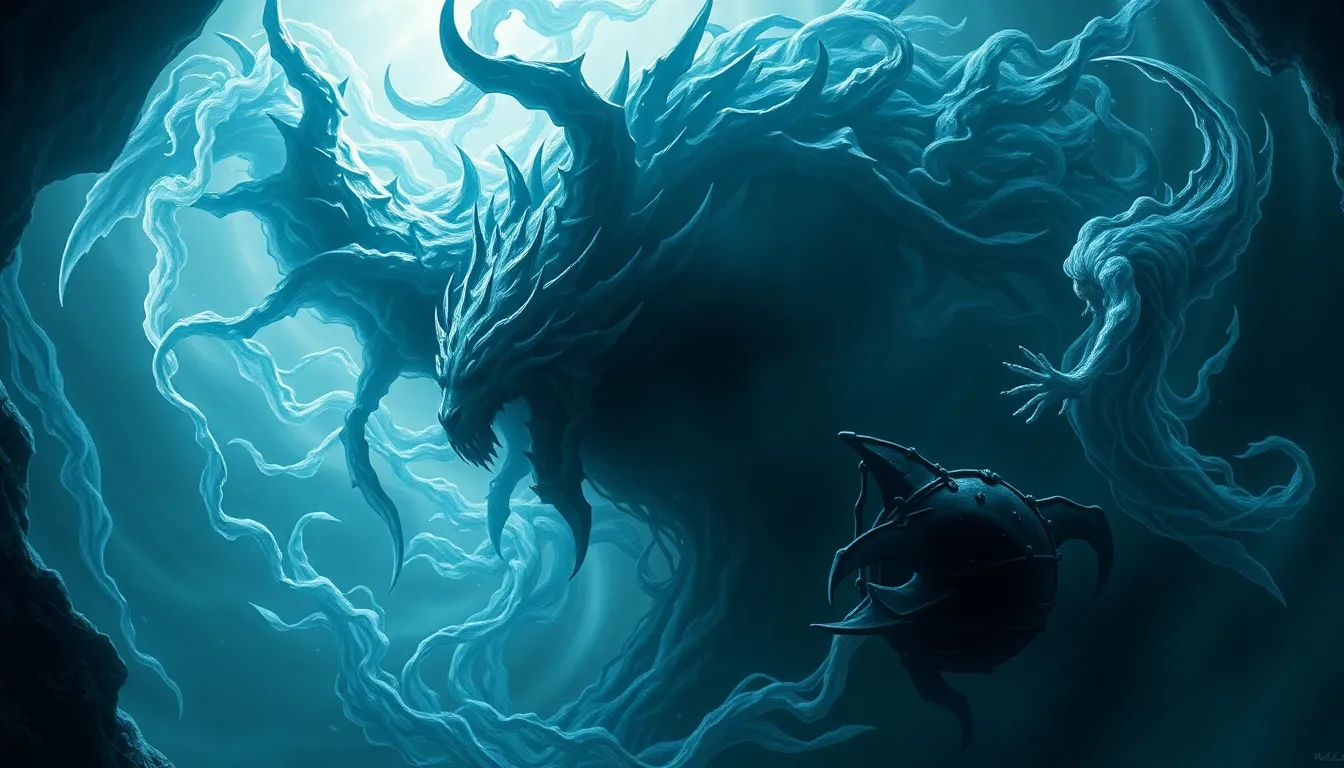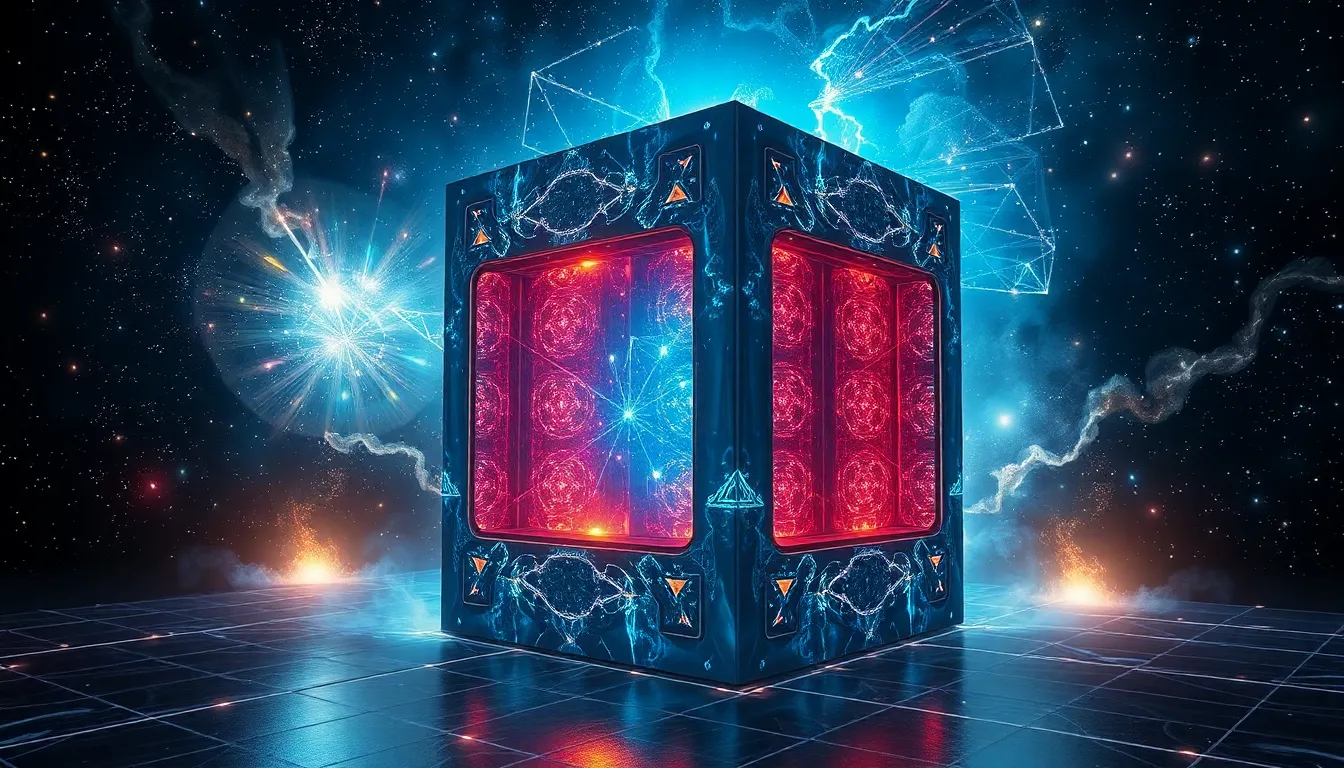The Significance of Chinese Mythological Symbols
In Chinese culture, mythological symbols hold immense significance, representing various aspects of protection, good fortune, and spirituality. These symbols have permeated Chinese art, literature, architecture, and everyday life for centuries, embodying deep-rooted beliefs and traditions. Understanding the symbolism behind these mythical creatures and objects provides a glimpse into the rich tapestry of Chinese mythology and its enduring influence on the nation's culture.
The Phoenix: Symbol of Auspiciousness and Regeneration
The Phoenix, a mythical bird, is revered as a symbol of auspiciousness and regeneration. It is said to rise from its own ashes, representing rebirth, renewal, and immortality. As such, it is often associated with the emperor and is used in decorations and ceremonies to convey wishes for prosperity, longevity, and renewal. The Phoenix represents the fiery aspect of the elements and symbolizes the sun, summer, and the South.
The Dragon: Guardian Spirit and Bringer of Good Fortune
The Dragon, a serpentine mythical creature, is a powerful symbol of strength, wisdom, and good fortune. It is believed to possess the power to control water and is often associated with rainfall and abundance. The Dragon is commonly depicted as a guardian spirit, protecting homes, temples, and other sacred places. It represents the water element and symbolizes the East, spring, and new beginnings.
The Tiger: Protector against Evil and Symbol of Strength
The Tiger, a fierce predator, is revered as a symbol of strength, courage, and protection. It is believed to ward off evil spirits and is often placed at entrances or gateways to homes and businesses for protection. The Tiger represents the wood element and symbolizes the West, autumn, and metal.
The Tortoise: Symbol of Longevity and Stability
The Tortoise, a long-lived reptile, is revered as a symbol of longevity, stability, and wisdom. Its slow and steady movements represent the importance of patience and perseverance. The Tortoise is also associated with the element of earth and symbolizes the North, winter, and water.
The Crane: Symbol of Grace, Longevity, and Immortality
The Crane, an elegant bird, is revered as a symbol of grace, longevity, and immortality. Its long lifespan and graceful movements represent the qualities of wisdom, serenity, and transcendence. The Crane is also associated with the element of metal and symbolizes the West, autumn, and air.
6. The Peafowl: Symbol of Beauty and Abundance
The Peafowl, a majestic bird with iridescent plumage, is revered as a symbol of beauty, abundance, and royalty. Its elaborate tail feathers are believed to bring good fortune and prosperity. The Peafowl is also associated with the element of fire and symbolizes the South, summer, and the sun.
7. The Unicorn (Qilin): Symbol of Benevolence and Prosperity
The Qilin, a mythical hooved creature with a dragon's head and a deer's body, is revered as a symbol of benevolence, prosperity, and good fortune. It is believed to appear during times of peace and harmony, bringing blessings and protection. The Qilin is also associated with the element of earth and symbolizes the North, winter, and water.
8. The Fu Dog: Guardian Lions and Symbols of Protection
The Fu Dog, a mythical lion-like creature, is revered as a guardian spirit and symbol of protection. It is often placed at entrances or gateways to homes, businesses, and temples to ward off evil spirits and ensure the safety and prosperity of the occupants. The Fu Dog represents the fiery aspect of the elements and symbolizes the South, summer, and the sun.
9. The Bagua Mirror: Symbol of Protection and Dispelling Negative Energies
The Bagua Mirror, a round mirror with an octagonal frame, is revered as a symbol of protection and dispelling negative energies. It is believed to reflect back harmful energy and protect against evil spirits. The Bagua Mirror is often hung outside homes or businesses to create a protective barrier. It represents the metal element and symbolizes the West, autumn, and air.
10. FAQ
What are the most common Chinese mythological symbols of protection?
Some of the most common Chinese mythological symbols of protection include the Dragon, Tiger, Tortoise, Fu Dog, and Bagua Mirror.
What do these symbols represent?
These symbols represent a variety of qualities, such as strength, courage, wisdom, longevity, stability, and protection against evil spirits.
How are these symbols used in Chinese culture?
These symbols are used in a variety of ways in Chinese culture, such as in art, architecture, decorations, and ceremonies. They are believed to bring good fortune, protection, and prosperity to their owners.



